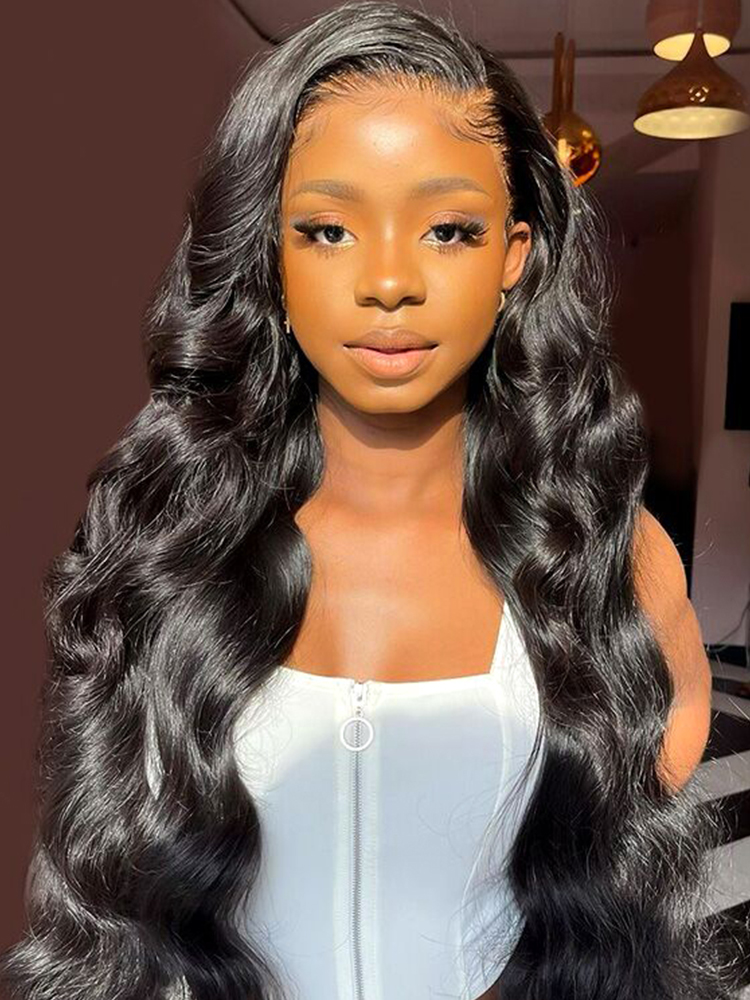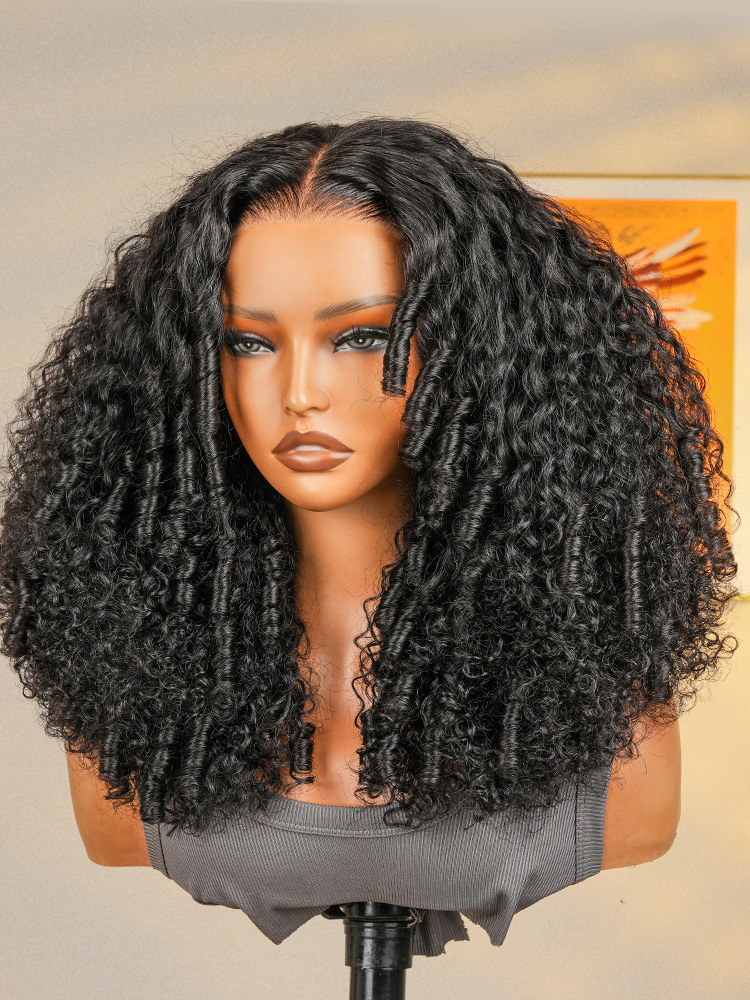Sep 24, 2025 1:15:41 AM
What do You Know about Wigs and Hairpieces?
Wigs and hairpieces are products from different periods. Due to their specific functions, wigs and hairpieces cater to different groups of users. They offer immense styling possibilities and satisfy people with everyday needs and dramatic artistic expressions.
Wigs and hairpieces: which has the longer history?
Did they emerge in the same era? No, they did not. As early as 3400 BC in ancient Egypt, people began using wigs. Pharaohs and nobles were the first to adopt them as symbols of status and protection against lice. Therefore, they became symbols for religious, hygienic, and class distinctions. Hairpieces, however, did not appear until the late 19th century. They were primarily used to cover bald spots or enhance specific sections of hair.
Therefore, wigs are undoubtedly the predecessors, while hairpieces are a more specialized, functional evolution of the same concept.
Wigs and hairpieces: Who are wig users?
The users of wigs and hairpieces are quite different.
Wigs can help people cover the entire scalp and are ideal for people who need full-head coverage or a complete hairstyle transformation. They have four groups of users.
The first group of wig users includes people experiencing hair loss. Androgenetic alopecia (AGA), a common form of hair loss among middle-aged men, often leads to visible bald spots or receding hairlines—conditions that wigs can help effectively conceal.
Women suffering from diffuse thinning—whether due to postpartum hormonal changes, menopause, or conditions like alopecia areata—can also benefit from wigs to instantly regain volume and fullness.
Additionally, for patients undergoing medical treatments such as chemotherapy, medical-grade full wigs offer a way to restore confidence and maintain a sense of normalcy during recovery.
The second group is people with fashion and styling enthusiasm. Cos-players need wigs for frequent hair color and style changes. Performers like singers and actors sometimes use dramatic wigs to enhance their stage presence.
The third group is religious and cultural observers. British judges and lawyers still wear traditional white curly wigs in formal court settings.
The fourth group is people with professional needs. Some historical dramas require wigs for period-accurate hairstyles. And for wig models, they must showcase various wig styles for consumer reference.
Wigs and hairpieces: Who are hairpiece users?
Hairpieces are designed for targeted volume enhancement or styling adjustments. They cater to those with precise hair needs. They also have four groups of users.
The first group is people with a partial thinning issue. They use part concealers or fringe pieces to cover the visible scalp. Small hairpieces can add density to crown or hairline areas.
The second group is everyday users seeking natural volume. For students and office workers, hairpieces can quickly add thickness without full-wig maintenance. And for short-haired people, who intend to try long styles, clip-in extensions can offer temporary length without permanent commitment.
The third group is styling perfectionists. Bridal stylists often use hairpieces to create high crowns or voluminous updos. For Lolita enthusiasts, sideburn pieces will help them create thematic looks.
The fourth group is people with specialized needs. For hair transplant patients, hairpieces can help cover grafted areas during recovery.
What are the styling possibilities with wigs?
Since wigs can cover the entire head, they enable complete style transformations and can offer the following styling possibilities.
They can complete hairstyle and color changes.
Whether sleek straight locks or glamorous waves, people with short hair can instantly achieve long hairstyles. People with long hair can experiment with pixie cuts without cutting their natural hair.
Wigs can help people try any hair color without commitment. From vibrant hues to complex ombré or balayage effects, they are all achievable with wigs.
They can help create vintage styles.
Voluminous curls and high buns can create 18th-century European court styles. Short bobs can create 1920s vintage waves. Wigs with exaggerated curls can create 1980s disco styles.
They can help create stage and cosplay looks.
With wigs’ help, you can easily create cosplay looks in Final Fantasy, Sailor Moon, etc. Besides, wigs with white hair can help create an Elven look in The Lord of the Rings. With the help of Joker's green, messy wig, you can be Gothic.
What are the styling possibilities with hairpieces?
Hairpieces are good for enhancements and targeted styling as follows.
They are good at adding hair volume and partial refinement.
Crown pieces can create a higher hairline for a small face. They can also help people experience bangs transformation: from no bangs to airy, French, or blunt fringe. If you want a fuller updo style, you can use bun thickeners.
They are good at length extensions.
Extensions can help hair transitions from short to long and camouflage grow-out lines between dyed and natural hair.
They are good at creative partial styles.
Creative partial styles include streaks, ear highlights, sideburn pieces or chignon enhancers, and lace headband pieces or curled side locks.
Recommendation
People turn to wigs and hairpieces for a better appearance. Each of them possesses unique advantages in coverage, flexibility, and style creation. Make sure you understand your purpose and find the right one. If you are looking for a through transition, WESTKISS will blow your mind with all the wig solutions!
 HD Lace Wigs
HD Lace Wigs









